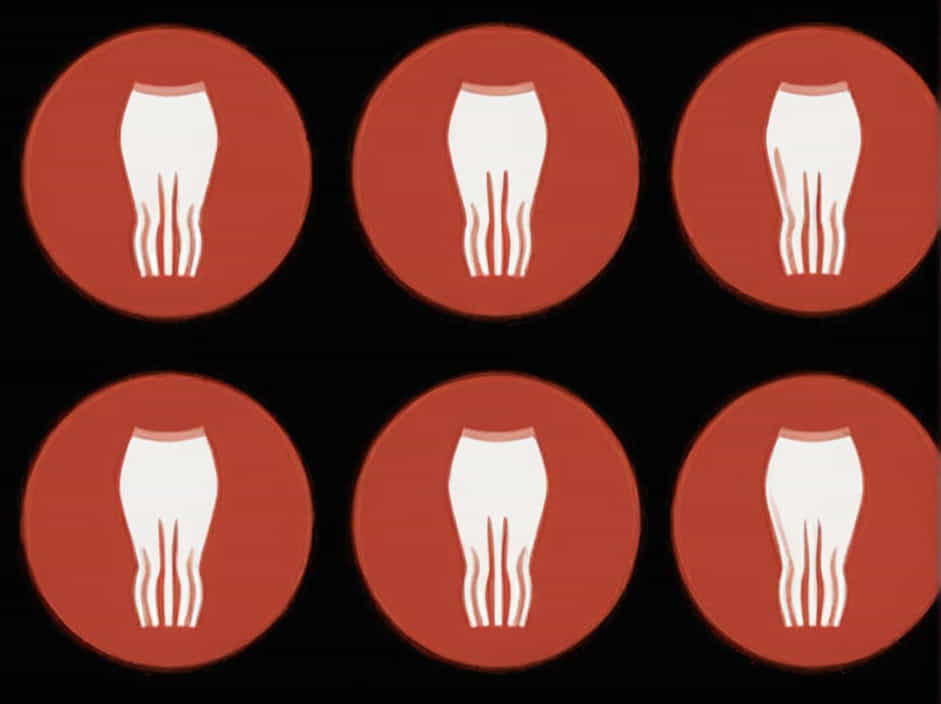The female pelvis is a vital part of the skeletal system, playing a crucial role in supporting the body’s weight, protecting internal organs, and facilitating childbirth. It differs from the male pelvis in shape, size, and function, adapting to the needs of pregnancy and delivery.
Understanding the anatomy and function of the female pelvis is essential for women’s health, particularly in gynecology, obstetrics, and orthopedics. This topic explores the structure, types, functions, and common conditions related to the female pelvis.
Anatomy of the Female Pelvis
The pelvis is a bony structure that forms the lower part of the torso. It consists of four main bones:
- Ilium – The largest and uppermost part of the hip bone.
- Ischium – The lower, posterior part that supports body weight when sitting.
- Pubis – The front part of the pelvis that joins at the pubic symphysis.
- Sacrum and Coccyx – The fused bones at the base of the spine that connect the pelvis to the vertebral column.
Pelvic Joints and Ligaments
The female pelvis contains several joints and ligaments that provide stability and flexibility:
- Sacroiliac joints – Connect the sacrum to the ilium on both sides.
- Pubic symphysis – A cartilaginous joint that connects the two pubic bones.
- Sacrococcygeal joint – Allows slight movement of the coccyx.
- Pelvic ligaments – Such as the sacrospinous, sacrotuberous, and broad ligaments, which support pelvic organs.
Differences Between the Female and Male Pelvis
The female pelvis is wider, shallower, and more flexible than the male pelvis to accommodate pregnancy and childbirth.
| Feature | Female Pelvis | Male Pelvis |
|---|---|---|
| Shape | Broad and rounded | Narrow and heart-shaped |
| Pelvic Inlet | Wider and oval | Smaller and heart-shaped |
| Pelvic Outlet | Larger | Smaller |
| Subpubic Angle | Wider (greater than 80°) | Narrower (less than 70°) |
| Sacrum | Shorter and less curved | Longer and more curved |
Types of Female Pelvis
There are four main types of female pelvis shapes, which influence labor and delivery:
- Gynecoid Pelvis – The most common (50% of women); ideal for childbirth due to its wide, round shape.
- Android Pelvis – Narrow and heart-shaped, similar to the male pelvis, making labor more difficult.
- Anthropoid Pelvis – Oval-shaped, with a longer anteroposterior diameter, allowing easier vaginal delivery.
- Platypelloid Pelvis – The rarest type; flat and wide, which may complicate vaginal delivery.
Functions of the Female Pelvis
1. Supports the Body’s Weight
The pelvis acts as a foundation for the spinal column and upper body, distributing weight to the lower limbs.
2. Protects Internal Organs
It houses and protects vital reproductive and digestive organs, including:
- Uterus
- Ovaries
- Fallopian tubes
- Bladder
- Rectum
3. Facilitates Childbirth
The female pelvis is designed to accommodate pregnancy and labor, allowing the fetus to pass through the birth canal.
4. Connects the Upper and Lower Body
The pelvis serves as the attachment point for major muscles that aid in movement, posture, and stability.
Pelvic Floor Muscles
The pelvic floor muscles play a crucial role in supporting pelvic organs and controlling functions like urination and bowel movements. Key muscles include:
- Levator ani (pubococcygeus, puborectalis, iliococcygeus)
- Coccygeus muscle
These muscles also contribute to sexual function and childbirth.
Common Pelvic Health Issues in Women
1. Pelvic Pain
Causes include endometriosis, pelvic inflammatory disease (PID), fibroids, and ovarian cysts.
2. Pelvic Organ Prolapse
Weak pelvic floor muscles can lead to the descent of the bladder, uterus, or rectum into the vaginal canal.
3. Pregnancy-Related Pelvic Issues
Conditions like pelvic girdle pain (PGP) and symphysis pubis dysfunction (SPD) occur due to hormonal changes and increased pressure on the pelvis.
4. Urinary Incontinence
Pelvic floor weakness may result in stress incontinence, especially after childbirth or menopause.
5. Hip and Pelvic Fractures
More common in older women due to osteoporosis and falls.
Maintaining a Healthy Pelvis
1. Strengthen Pelvic Floor Muscles
Practicing Kegel exercises can help prevent incontinence and prolapse.
2. Maintain a Healthy Posture
Proper posture reduces pelvic pain and strain.
3. Stay Active
Low-impact exercises like yoga, pilates, and walking improve pelvic stability.
4. Eat a Balanced Diet
Calcium and vitamin D support bone health, reducing the risk of pelvic fractures.
5. Seek Medical Advice for Pain or Discomfort
Regular gynecological check-ups help detect and manage pelvic disorders early.
The female pelvis is a complex structure that plays an essential role in supporting the body, protecting organs, enabling movement, and facilitating childbirth. Understanding its anatomy, types, and functions helps in maintaining pelvic health and addressing common issues.
Taking care of the pelvic floor muscles, maintaining a strong posture, and seeking medical care when needed ensures long-term pelvic health and overall well-being.
